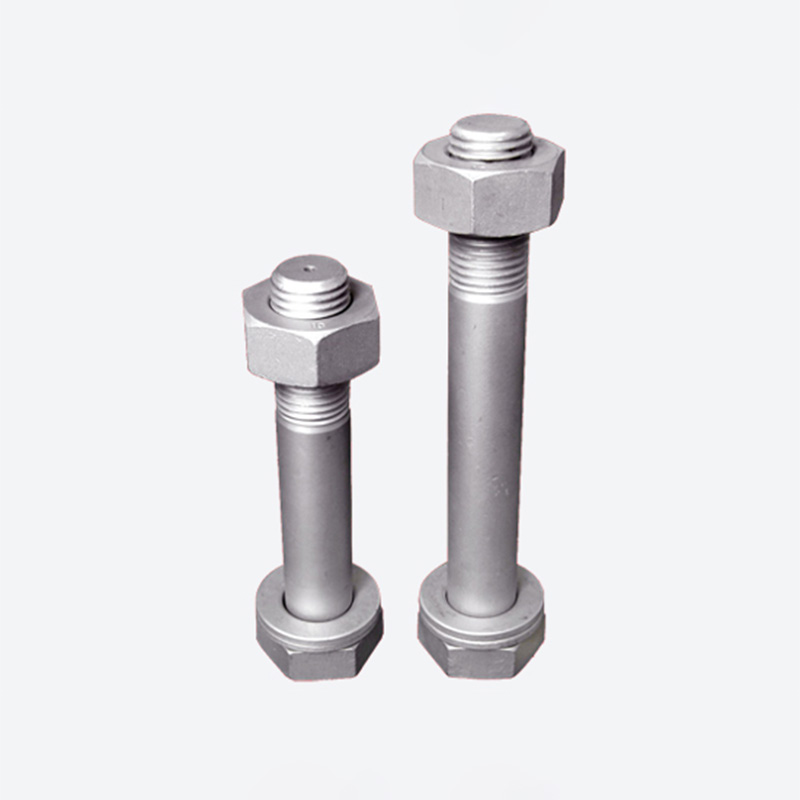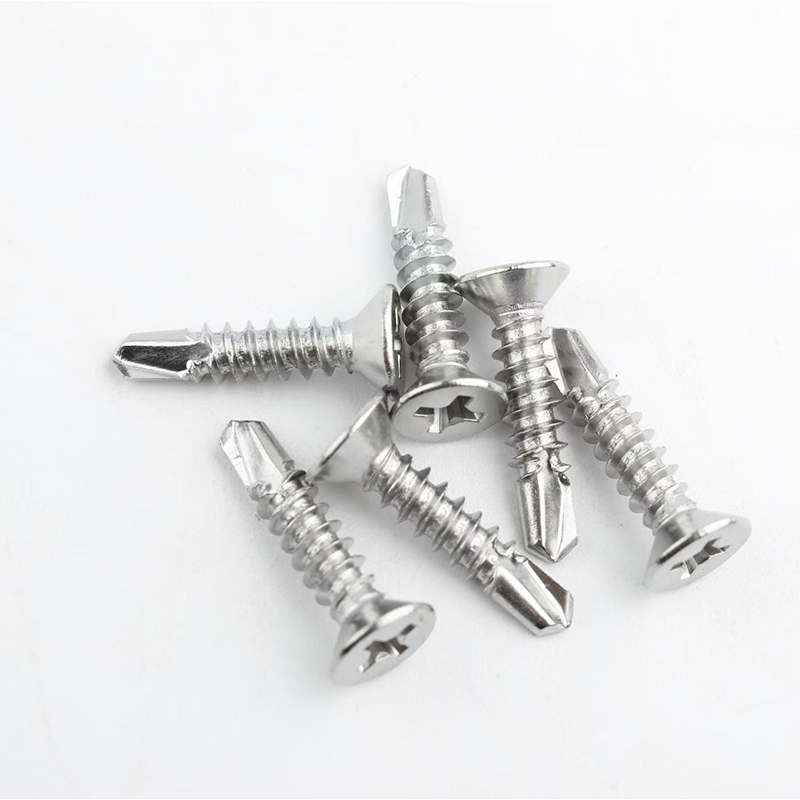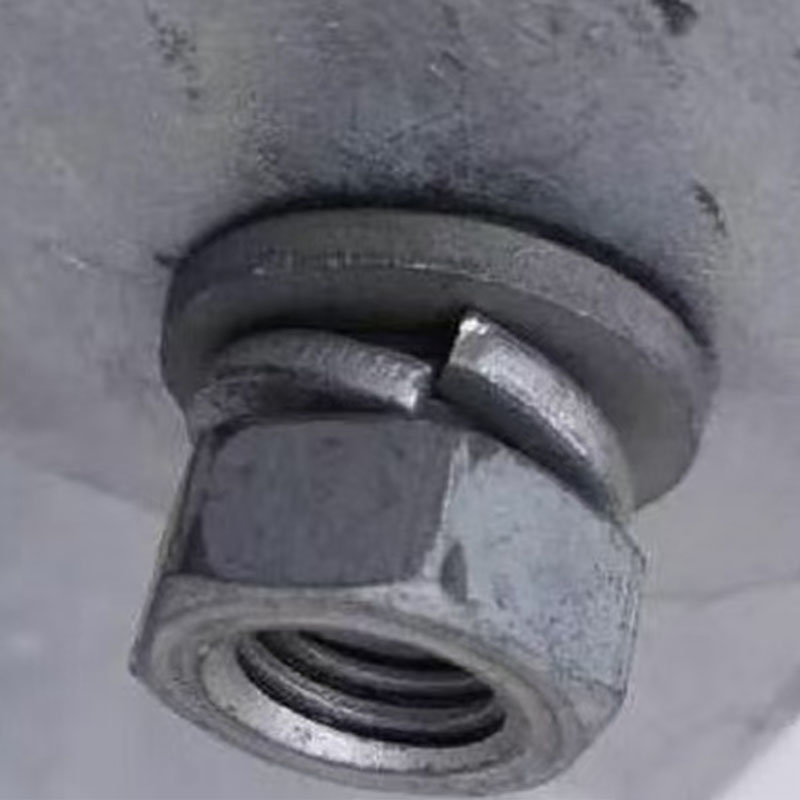- Chinese
- French
- German
- Portuguese
- Spanish
- Russian
- Japanese
- Korean
- Arabic
- Irish
- Greek
- Turkish
- Italian
- Danish
- Romanian
- Indonesian
- Czech
- Afrikaans
- Swedish
- Polish
- Basque
- Catalan
- Esperanto
- Hindi
- Lao
- Albanian
- Amharic
- Armenian
- Azerbaijani
- Belarusian
- Bengali
- Bosnian
- Bulgarian
- Cebuano
- Chichewa
- Corsican
- Croatian
- Dutch
- Estonian
- Filipino
- Finnish
- Frisian
- Galician
- Georgian
- Gujarati
- Haitian
- Hausa
- Hawaiian
- Hebrew
- Hmong
- Hungarian
- Icelandic
- Igbo
- Javanese
- Kannada
- Kazakh
- Khmer
- Kurdish
- Kyrgyz
- Latin
- Latvian
- Lithuanian
- Luxembou..
- Macedonian
- Malagasy
- Malay
- Malayalam
- Maltese
- Maori
- Marathi
- Mongolian
- Burmese
- Nepali
- Norwegian
- Pashto
- Persian
- Punjabi
- Serbian
- Sesotho
- Sinhala
- Slovak
- Slovenian
- Somali
- Samoan
- Scots Gaelic
- Shona
- Sindhi
- Sundanese
- Swahili
- Tajik
- Tamil
- Telugu
- Thai
- Ukrainian
- Urdu
- Uzbek
- Vietnamese
- Welsh
- Xhosa
- Yiddish
- Yoruba
- Zulu
- Kinyarwanda
- Tatar
- Oriya
- Turkmen
- Uyghur

Self-tapping
2025-06-17
The countersunk head self-tapping includes a conical head design, self-tapping functional threads, and high material hardness. Unlike ordinary screws, it does not require pre-tapping of the internal thread. Instead, it directly relies on its own hardness to "cut" or "squeeze" the corresponding internal threads on the connecting material, thereby achieving a tight connection. This feature makes it particularly suitable for application scenarios such as thin plate connection and rapid assembly. The recessed design ensures that the installed machine head is fully submerged in the material surface without protruding to cause obstacles or affect the appearance. This feature is particularly important in fields such as furniture manufacturing and electronic product assembly.

Structurally speaking, a countersunk self-tapping device usually consists of three parts: the head, the screw and the tip. The head of the machine is designed with cross grooves, straight grooves or other transmission structures for torque transmission. The screw section is equipped with specially designed self-tapping threads. The cross-sectional shape and pitch of the threads vary according to the application requirements. The tip of the tool is usually conical or designed with a cutting edge, which facilitates initial positioning and material penetration. Some high-performance countersunk self-tapping machines are also equipped with hooks or hammer heads on the threaded surface to enhance the anti-loosening performance after connection.

The material selection for countersunk self-tapping directly affects its performance and service life. Commonly used materials include carbon steel, stainless steel (such as 304, 316), etc. The cost of carbon steel countersunk self-tapping is relatively low, and it can achieve high hardness after heat treatment. Stainless steel countersunk self-tapping has excellent corrosion resistance and is suitable for humid or corrosive environments. Countersunk self-tapping machines made of different materials have their own advantages and disadvantages in terms of mechanical properties, corrosion resistance, cost, etc. Users can make their choices based on the specific application environment and usage requirements.










